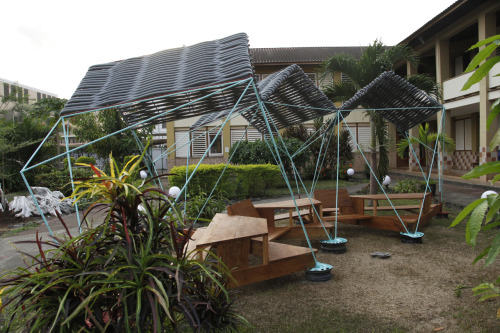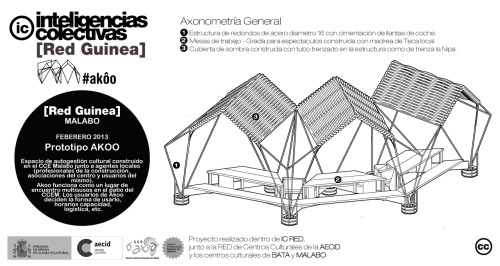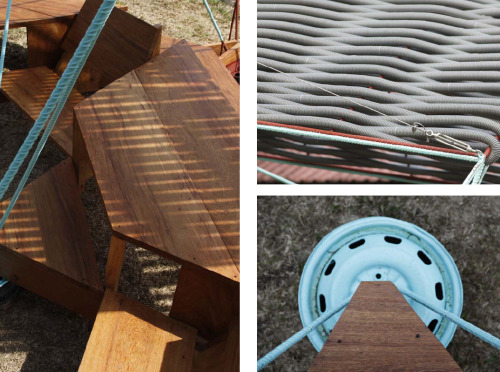#reusing
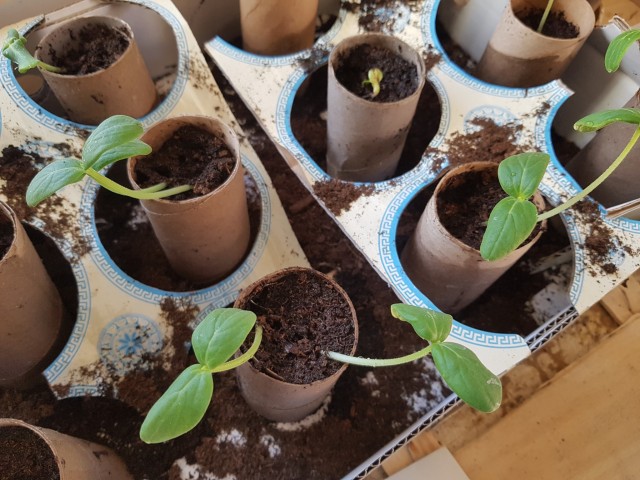
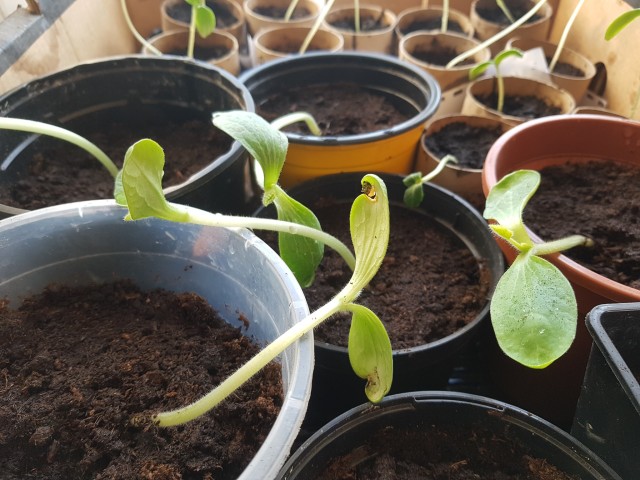


Reusing paper and plastic Seedlings
I’ve upcycled a wooden crate!

I upcycled a wooden crate using paints that I don’t use anymore and old bubble wrap (I couldn’t find another foil). I put some potting soil inside it and planted some seeds… now I’m looking forward to planting lots of herbs inside my house! Okay, I’m joking, for now it is just a basil ;)

My motivation? I got really irritated with buying basil spice in paper bags every month… you know the small bags you can find in (I guees) every shop. I’ve also seen same looking basil being sold in plastic bottles (similar to ketchup bottles), what’s wrong with people? Anyway, I’m a person who uses a lot of basil while cooking and I’ve finally decided I want to grow it myself. But I have a large garden so why did I plant it in a crate? I wanted to check how it is to plant food inside ;)

By the way, I mentioned a bubble wrap. If you obtain it somehow, don’t throw it out! Always try to reuse bubble wrap, I always collect it and if I have to I use it to pack another package ;) Here are some ideas what you can do with bubble wrap:
- Use it to cover wooden crate similar to mine and make your own potting crate ;)
- You can use it for window isolation (it is useful especially in winter)
- Simply use it to secure what you need
- Make a frottage! Cover the wrap with paint and make a stamp
- Or use it in a collage! (maybe it won’t save the planet but it’s fun…)
- Make some beads! I’m absolutely amazed by the idea!
- Use it in photography (for example like that)
- If you like baking and you are brave, you can also try out those wild DIY from youtube:D

I hope I inspired you a bit ;)
Thanks for supporting me!
Greetings!
AKôO Espacio autogestionado CCEMalabo / Zuloark + Inteligencias Colectivas
For two weeks Zuloark + Inteligencias Colectivas were working with many people at the Cultural Center of Spain in Malabo, to think what they could build there that the users needed, search the materials and proffesionals and build it at the site. Most people felt the need to have somewhere in the center that could be used as they wished. So they decided to build this space for self-management. The Akôo prototype recovers and evolves construction techniques from Bioko Island. Car tires that serve as foundations are widely used for a lot of similar applications. The wood and its shape is from the island too. The color of the structure is used in many homes in the city and is the result of mixing a pigment in white paint. The plastic cover is twisted tube, reinterpreting covers of braided nipa (a kind of palm) that have been banned in Guinea. From the first moment Akôo has been used as a meeting, study, trial and shadow place.
Durante dos semanas Zuloark + Inteligencias Colectivas estuvieron trabajando con mucha gente en el Centro Cultural de España en Malabo, para pensar que podían construir aquí que los usuarios necesitasen, buscar los materiales y los profesionales necesarios y construirlo in situ. La mayoría de las personas sentían la necesidad de tener algún lugar en el centro que pudiesen usar como quisieran y fuesen los responsables del mismo. Así que se decidió construir este espacio de autogestión. El prototipo Akôo recupera y evoluciona técnicas de construcción de la Isla de Bioko. Las llantas de coche que sirven de cimentación son muy utilizadas para un montón de usos parecidos. La madera y la forma de trabajarla es de la isla. El color de la estructura se encuentra en muchísimas viviendas de la ciudad y es el resultado de mezclar un pigmento con pintura blanca. La cubierta es de tubo plástico trenzado, reinterpretando las cubiertas de nipa (una especie de palma) trenzada que han sido prohibidas en Guinea. Desde el primer momento Akôo ha estado en uso por los usuarios del Centro como lugar de encuentro, estudio, ensayo y sombra.
Máster en Instalaciones y Arquitecturas Interactivas y Efímeras
más información en www.masterefimeras.com
Post link

